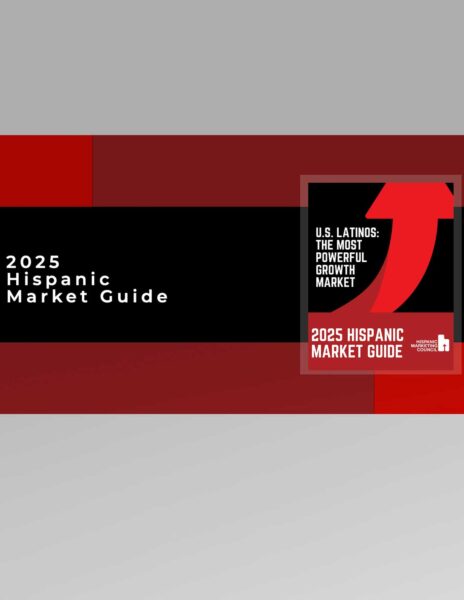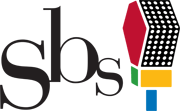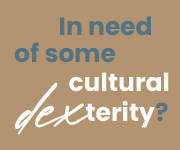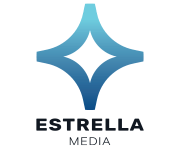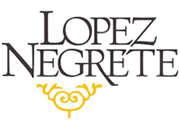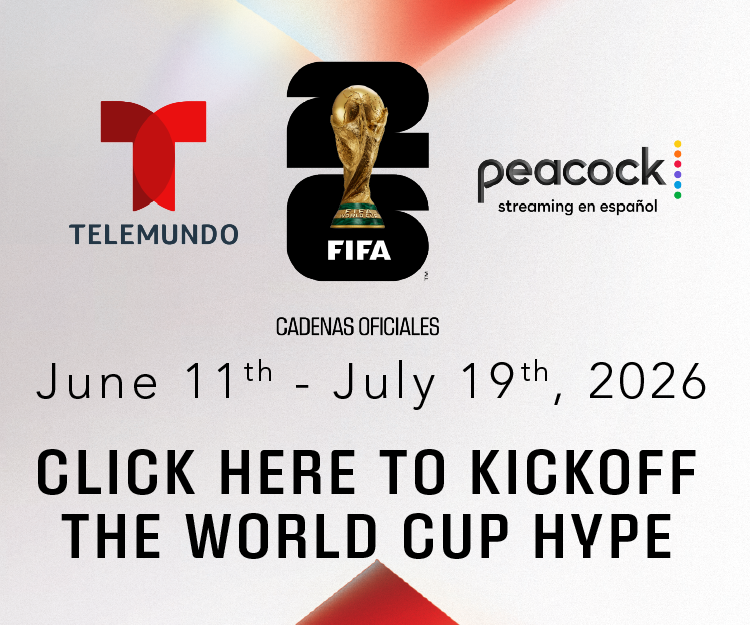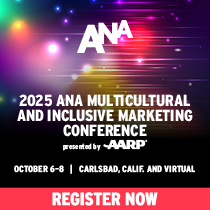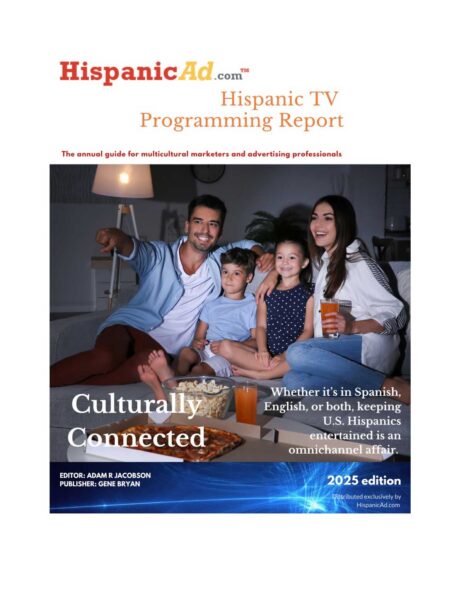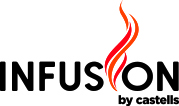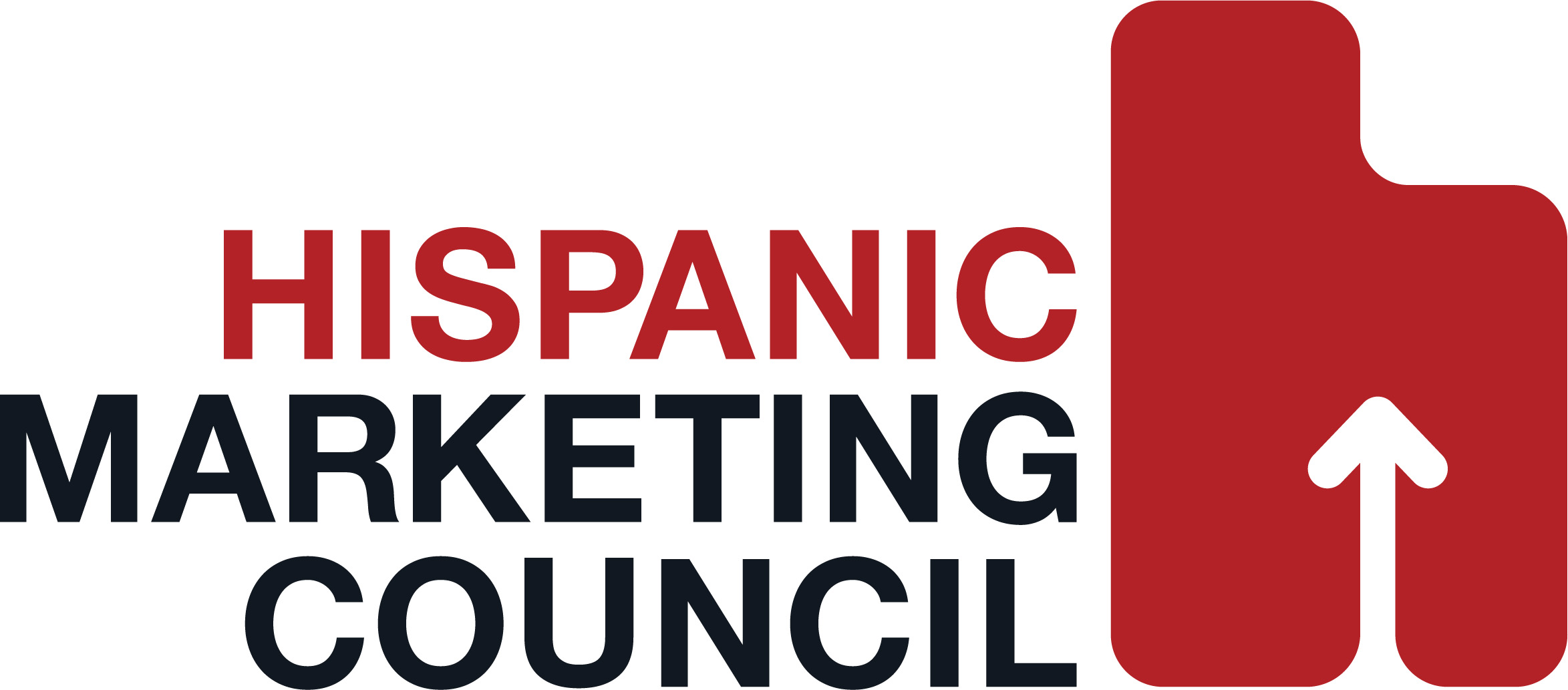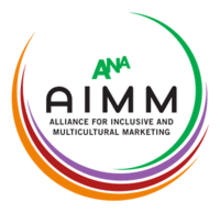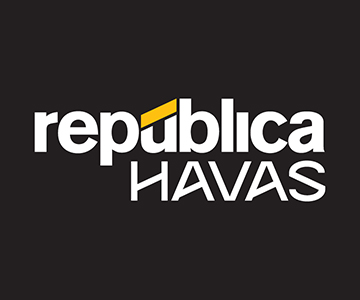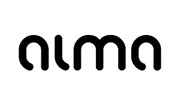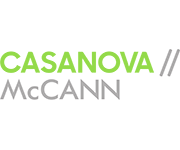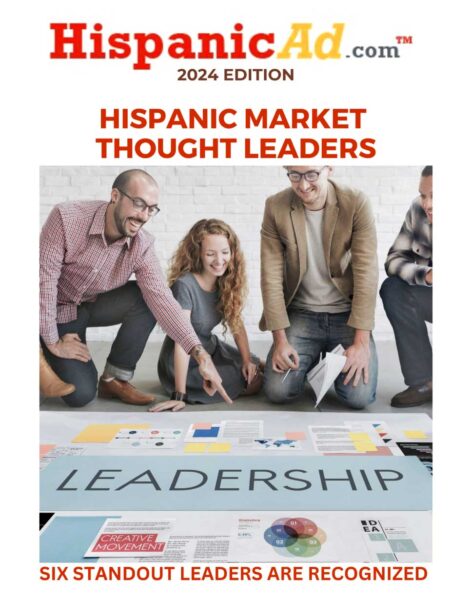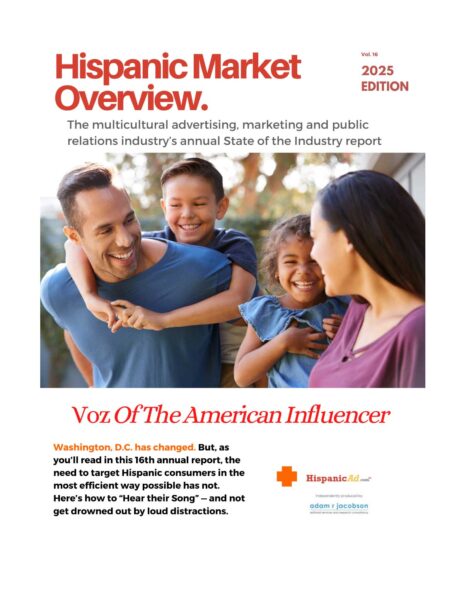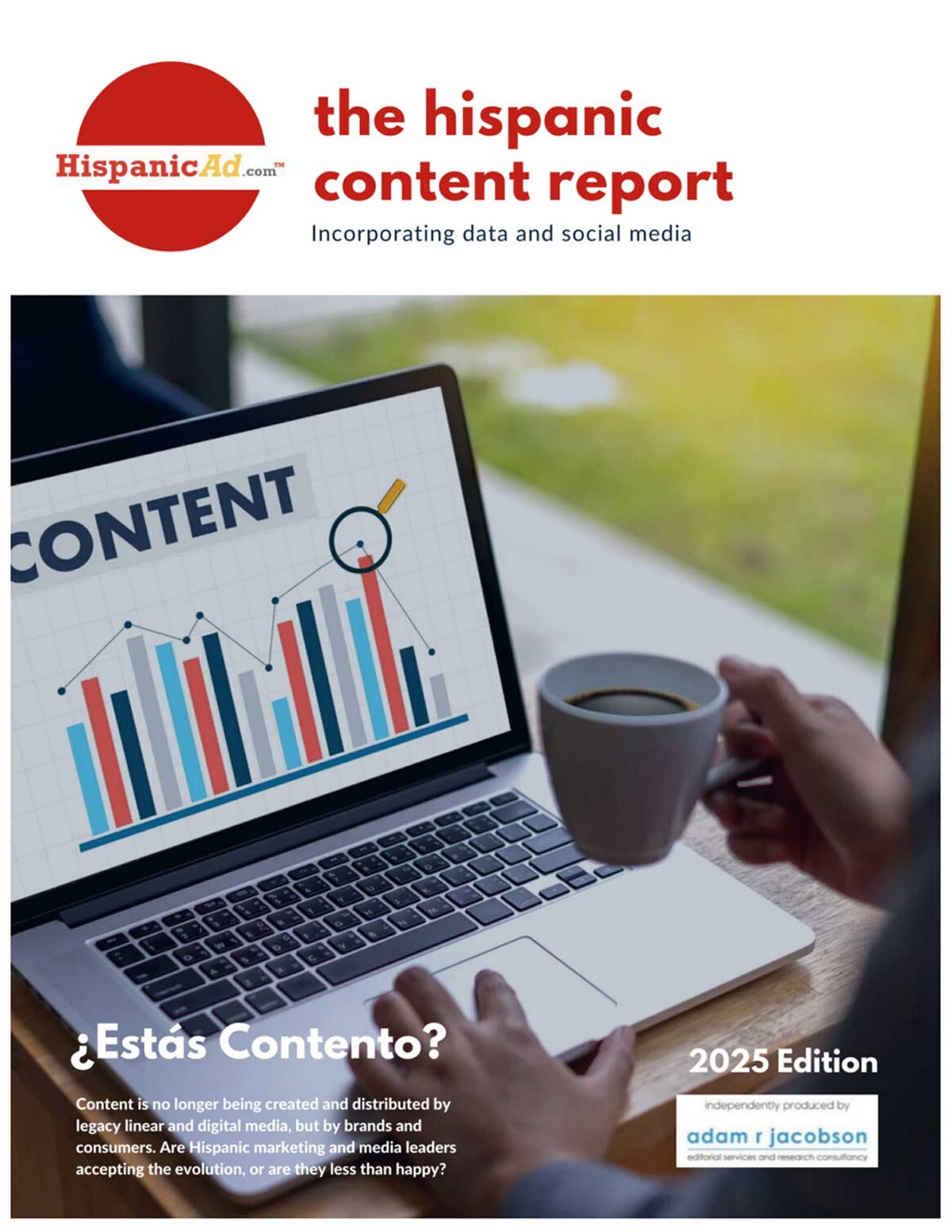![]() Reading an article in The Atlantic made me realize that one of the biggest barriers to successful brand-building is probably our own inherent bias to short-term outcomes. If so, what might we be able to do to offset that bias? by Nigel Hollis
Reading an article in The Atlantic made me realize that one of the biggest barriers to successful brand-building is probably our own inherent bias to short-term outcomes. If so, what might we be able to do to offset that bias? by Nigel Hollis
Agency
How can we offset our present bias in marketing?
AAR Partners: A Flawed Pitch Process – What the ID Comms Study Doesn’t…
 According to the latest study by ID Comms in partnership with the 4A’s released last week, U.S. advertisers are failing to get the most value from media pitches because of flawed processes and lack of communication. The study reminds me of a blog post that Toby Jenner (COO of Mediacom) released in September where he stated, “Want a better relationship? Run a better pitch process.” And as an agency search consultant for almost two decades at AAR Partners, I couldn’t agree more. By Lisa Colantuono, AAR Partners
According to the latest study by ID Comms in partnership with the 4A’s released last week, U.S. advertisers are failing to get the most value from media pitches because of flawed processes and lack of communication. The study reminds me of a blog post that Toby Jenner (COO of Mediacom) released in September where he stated, “Want a better relationship? Run a better pitch process.” And as an agency search consultant for almost two decades at AAR Partners, I couldn’t agree more. By Lisa Colantuono, AAR Partners
Multicultural Intelligence: Eight Make-or-Break Rules for Marketing to Race, Ethnicity, and Sexual Orientation (Updated 2018)
 Chapter Three: African Americans: When once asked to define jazz, Louis Armstrong replied: “Man, if you don’t know, don’t mess with it.” The same could be said about race. For earlier generations, race, like religion or politics, was not seen as fair game for polite dinner conversation. At least not among whites. Things have always been different for African Americans, who at least in the company of each other, have always tended to talk freely about race and racism. Blacks have had their group identity forged in the fires of slavery and Jim Crow, a couple of words whites are not sure it’s even okay to mention. Race has been an integral part of the daily lives of most African Americans and its derivative, racism, is experienced in myriad forms: unemployment, incarceration, crime, getting turned down for loans, and missed taxicabs. For blacks, race has always been a subject that demands to be addressed. By David Morse / New America Dimensions
Chapter Three: African Americans: When once asked to define jazz, Louis Armstrong replied: “Man, if you don’t know, don’t mess with it.” The same could be said about race. For earlier generations, race, like religion or politics, was not seen as fair game for polite dinner conversation. At least not among whites. Things have always been different for African Americans, who at least in the company of each other, have always tended to talk freely about race and racism. Blacks have had their group identity forged in the fires of slavery and Jim Crow, a couple of words whites are not sure it’s even okay to mention. Race has been an integral part of the daily lives of most African Americans and its derivative, racism, is experienced in myriad forms: unemployment, incarceration, crime, getting turned down for loans, and missed taxicabs. For blacks, race has always been a subject that demands to be addressed. By David Morse / New America Dimensions
Using Only Big Data Is A Problem When it Comes to Diversity
 Recent press reports have suggested that the $130 billion-plus media industry can simply pivot from Nielsen’s currency grade measurement with ease and take comfort in using alternative data sets to operate business as usual. These suggestions are misguided and, at the worst, could be harmful to the stability of the industry and, at the very least, could if taken seriously diminish some important opportunities.
Recent press reports have suggested that the $130 billion-plus media industry can simply pivot from Nielsen’s currency grade measurement with ease and take comfort in using alternative data sets to operate business as usual. These suggestions are misguided and, at the worst, could be harmful to the stability of the industry and, at the very least, could if taken seriously diminish some important opportunities.
THE STATE OF DIGITAL AUDIO IN THE US HISPANIC MARKET 2019
![]() Audio.ad, a Cisneros Interactive company specializing in digital audio advertising solutions for Latin America and the U.S. Hispanic market, Adsmovil, Audio.ad’s commercial representative for the U.S. Hispanic market, and Quriously, presents the study, “The State of Digital Audio in the US Hispanic market,” to analyze the digital audio consumption habits of Spanish speakers living in the United States.
Audio.ad, a Cisneros Interactive company specializing in digital audio advertising solutions for Latin America and the U.S. Hispanic market, Adsmovil, Audio.ad’s commercial representative for the U.S. Hispanic market, and Quriously, presents the study, “The State of Digital Audio in the US Hispanic market,” to analyze the digital audio consumption habits of Spanish speakers living in the United States.
Privacy, confidentiality, anonymity, discretion, deceit, paranoia. Part 6
 By Gonzalo López Martí – Creative director, etc / LMMiami.com
By Gonzalo López Martí – Creative director, etc / LMMiami.com
“No privacy has been infringed in the marketing of this product.”
- Do you think consumers would care if a brand pitched its wares under this disclaimer?
Data and Measurement
 As people conduct ever more of their lives as consumers and social animals online, they leave telling and durable traces of their behaviors, values, and inclinations behind them in digital repositories. Marketers have not been slow to recognize the opportunities presented by this information or to capitalize on them.
As people conduct ever more of their lives as consumers and social animals online, they leave telling and durable traces of their behaviors, values, and inclinations behind them in digital repositories. Marketers have not been slow to recognize the opportunities presented by this information or to capitalize on them.
2019 Future Focus: Searching for Trust [REPORT]
 iProspect released their fourth annual whitepaper, 2019 Future Focus: Searching for Trust, built to help marketers navigate and master the notions of truth and authenticity in the hyper-sensitive global media landscape today. The report predicts that those businesses grounded in credibility, relevance and reliability across all their marketing channels will see trust at the very foundation for their success in the digital economy.
iProspect released their fourth annual whitepaper, 2019 Future Focus: Searching for Trust, built to help marketers navigate and master the notions of truth and authenticity in the hyper-sensitive global media landscape today. The report predicts that those businesses grounded in credibility, relevance and reliability across all their marketing channels will see trust at the very foundation for their success in the digital economy.
In-Housing Is About More Than Programmatic
![]() In a survey of 412 US client-side marketers conducted by the Association of National Advertisers (ANA), 78% of respondents claimed to use an in-house agency, up from 58% in 2013. (An “in-house agency” is defined as a department, group, or person who has responsibilities that are typically performed by an external advertising or other communications agency.)
In a survey of 412 US client-side marketers conducted by the Association of National Advertisers (ANA), 78% of respondents claimed to use an in-house agency, up from 58% in 2013. (An “in-house agency” is defined as a department, group, or person who has responsibilities that are typically performed by an external advertising or other communications agency.)
Generation Z Looks a Lot Like Millennials on Key Social and Political Issues [REPORT]
![]() No longer the new kids on the block, Millennials have moved firmly into their 20s and 30s, and a new generation is coming into focus. Generation Z – diverse and on track to be the most well-educated generation yet – is moving toward adulthood with a liberal set of attitudes and an openness to emerging social trends.
No longer the new kids on the block, Millennials have moved firmly into their 20s and 30s, and a new generation is coming into focus. Generation Z – diverse and on track to be the most well-educated generation yet – is moving toward adulthood with a liberal set of attitudes and an openness to emerging social trends.
CES 2019: Same Technology, New Possibilities
![]() Last week, more than 188,000 tech enthusiasts descended upon Las Vegas for CES to get a glimpse of the latest and greatest gadgets from around the world. As far as dazzle, the show didn’t disappoint. Hundreds of products were on display, including eye-popping 8K TVs, super-fast computers, dancing robots, self-driving cars and higher-tech drones.
Last week, more than 188,000 tech enthusiasts descended upon Las Vegas for CES to get a glimpse of the latest and greatest gadgets from around the world. As far as dazzle, the show didn’t disappoint. Hundreds of products were on display, including eye-popping 8K TVs, super-fast computers, dancing robots, self-driving cars and higher-tech drones.
Half of all video viewing time is spent with others
 While more and more Americans are watching video content – TV shows, movies, and short video – on their smartphones, new research from MRI shows that video remains a highly social medium.
While more and more Americans are watching video content – TV shows, movies, and short video – on their smartphones, new research from MRI shows that video remains a highly social medium.
Food-Related Ads Targeting Black and Hispanic Youth Almost Exclusively Promote Unhealthy Food and Drinks [REPORT]
 The new report finds that fast food, candy, sugary drinks, and unhealthy snacks represented 86 percent of food ad spending on Black-targeted TV programming, where Black consumers comprise the majority of viewers, and 82 percent of ad spending on Spanish-language TV, in 2017. According to researchers, food companies spent almost $11 billion in total TV advertising in 2017, including $1.1 billion on advertising in Black-targeted and Spanish-language TV programming.
The new report finds that fast food, candy, sugary drinks, and unhealthy snacks represented 86 percent of food ad spending on Black-targeted TV programming, where Black consumers comprise the majority of viewers, and 82 percent of ad spending on Spanish-language TV, in 2017. According to researchers, food companies spent almost $11 billion in total TV advertising in 2017, including $1.1 billion on advertising in Black-targeted and Spanish-language TV programming.
Top ten advertising production trends to look out for 2019
 Production centralization, hands free (voice recognition) production, and usage rights as some of the major trends to watch out for in advertising.
Production centralization, hands free (voice recognition) production, and usage rights as some of the major trends to watch out for in advertising.
2019 Media Predictions for AI, Voice and more
![]() Connected intelligence is leading the way in transforming media, and we asked some of our global experts across Kantar to create 12 lively predictions for 2019. They are intended to be useful and practical, not grand airy-fairy concepts. We want to help marketers and agencies tackle their media and effectiveness challenges head on.
Connected intelligence is leading the way in transforming media, and we asked some of our global experts across Kantar to create 12 lively predictions for 2019. They are intended to be useful and practical, not grand airy-fairy concepts. We want to help marketers and agencies tackle their media and effectiveness challenges head on.
Number of Fortune 500 Boards With Over 40 Percent Diversity Doubled Since 2012 [REPORT]
 Fortune 500 board representation of women and minorities saw an all-time high at 34 percent (1,929 board seats), compared to 30.8 percent in 2016 (1,677 board seats). Total minority representation increased to 16.1 percent (912 board seats) from 12.8 percent in 2010, the first year Fortune 500 data was captured. Report findings point to the increase being driven by the Fortune 100 companies, which have 25 percent women and 38.6 percent women and minorities.
Fortune 500 board representation of women and minorities saw an all-time high at 34 percent (1,929 board seats), compared to 30.8 percent in 2016 (1,677 board seats). Total minority representation increased to 16.1 percent (912 board seats) from 12.8 percent in 2010, the first year Fortune 500 data was captured. Report findings point to the increase being driven by the Fortune 100 companies, which have 25 percent women and 38.6 percent women and minorities.
Avoiding Deadly Scope of Work Traps [REPORT]
 In a recent piece of thought leadership, Agency Mania Solutions examined some of the pitfalls that advertisers can encounter in the course of adopting and capitalizing on improved scope-of-work management systems.
In a recent piece of thought leadership, Agency Mania Solutions examined some of the pitfalls that advertisers can encounter in the course of adopting and capitalizing on improved scope-of-work management systems.
Hogarth open Miami office for LatAM
 Hogarth Worldwide, a WPP company and internationally-known marketing implementation agency, announced that it has established a new operation in Miami focused on the Latin American market.
Hogarth Worldwide, a WPP company and internationally-known marketing implementation agency, announced that it has established a new operation in Miami focused on the Latin American market.
Direct-to-Consumer Brands 2019 – How Digital Natives Are Disrupting Traditional Brands and Retailers
![]() Direct-to-consumer (D2C) brands are on a rapid ascent, disrupting traditional retail. These digitally native brands are experts at cutting out costs and efficiently acquiring customers. They are also succeeding as “brands” in a very traditional sense—by identifying the unmet needs of modern consumers.
Direct-to-consumer (D2C) brands are on a rapid ascent, disrupting traditional retail. These digitally native brands are experts at cutting out costs and efficiently acquiring customers. They are also succeeding as “brands” in a very traditional sense—by identifying the unmet needs of modern consumers.
What does the future hold for technology, media, and telecommunications? [REPORT]
 Deloitte Global forecasts smart speakers will be worth US$7 billion in 2019, becoming the fastest-growing connected device category. This is according to Deloitte’s 18th edition of Technology, Media & Telecommunications Predictions.
Deloitte Global forecasts smart speakers will be worth US$7 billion in 2019, becoming the fastest-growing connected device category. This is according to Deloitte’s 18th edition of Technology, Media & Telecommunications Predictions.



